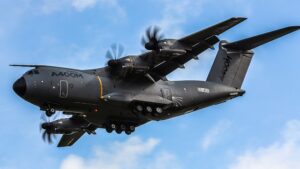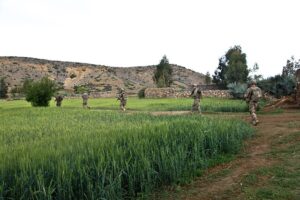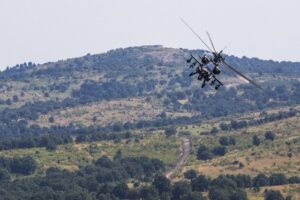
Flashlights for Search and Rescue Operations are indispensable tools that play a critical role in navigating dark and hazardous environments during rescue missions. These specialized flashlights are equipped with high-intensity LEDs providing ample luminosity to illuminate pathways, identify risks, and detect signs of life within compromised structures. Their ergonomic design ensures they are easy to handle in confined spaces without adding unnecessary weight. Adjustable light intensity settings allow search teams to manage battery life for extended operations while still offering intense illumination when needed most. Durability is a key feature, with these flashlights designed to function under extreme conditions, including exposure to water and dust. The integration of such flashlights into rescue strategies not only aids in efficiently locating individuals but also minimizes risks and enhances overall mission effectiveness, contributing significantly to life-saving outcomes. These flashlights are built with high-quality materials like aircraft-grade aluminum or rubber armor for impact resistance, feature adaptive lighting settings to balance visibility needs with battery conservation, and incorporate LED technology for reliability and energy efficiency. They offer a secure grip, precise focus capabilities, and advanced power management systems to ensure continuous illumination throughout the mission. Selecting a flashlight for Search and Rescue Operations should prioritize its performance in diverse conditions, ensuring rescuers can navigate the challenges of confined spaces effectively and safely.
When search and rescue operations extend into the cramped recesses of collapsed structures or subterranean spaces, the indispensable tool for light and visibility becomes a flashlight. This article delves into the critical role of flashlights in facilitating these life-saving missions, highlighting their key features, durability, power efficiency, and versatility. From the luminescent output to the materials that withstand harsh environments, understanding the nuances of flashlights for search and rescue operations is paramount for ensuring the safety and success of those who work in these perilous conditions. Join us as we illuminate the essential aspects of selecting and using the most effective flashlights for the demanding task of finding those lost in confined spaces.
- Understanding the Role of Flashlights in Search and Rescue Missions
- Key Features to Look for in a Flashlight for Confined Space Searches
- Durability and Reliability: The Importance of High-Quality Materials and Design
- Battery Life and Power Efficiency: Ensuring Continuous Illumination
- Versatility and Adaptability: Choosing the Right Flashlight for Various Environment Conditions
- Light Output and Beam Characteristics for Optimal Visibility
- Practical Training and Use-Case Scenarios for Effective Search Operations in Confined Spaces
Understanding the Role of Flashlights in Search and Rescue Missions

Flashlights for search and rescue operations play a pivotal role in illuminating the darkness that can impede visual navigation and situational awareness during missions. In environments where visibility is limited, such as collapsed buildings, caves, or underground facilities, high-quality flashlights equipped with powerful LEDs are indispensable tools for rescuers. These flashlights provide the necessary luminosity to reveal hidden pathways, potential hazards, and signs of life amidst the debris. Their compact design ensures they can be maneuvered with ease in tight spaces without adding significant weight to the rescuer’s load. Furthermore, features like variable light intensity settings allow search teams to conserve battery life by using a lower lumen output when long-duration visibility is needed, and crank up the brightness for quick assessments of critical areas. The durability of these flashlights is also crucial; they are built to withstand harsh conditions, including water and dust exposure, ensuring that they remain operational in the demanding environments they are tasked with illuminating. Incorporating flashlights specifically designed for search and rescue operations into mission planning significantly enhances the ability of teams to locate and safely extricate individuals in need of assistance, thereby saving lives and mitigating risks for all involved.
Key Features to Look for in a Flashlight for Confined Space Searches
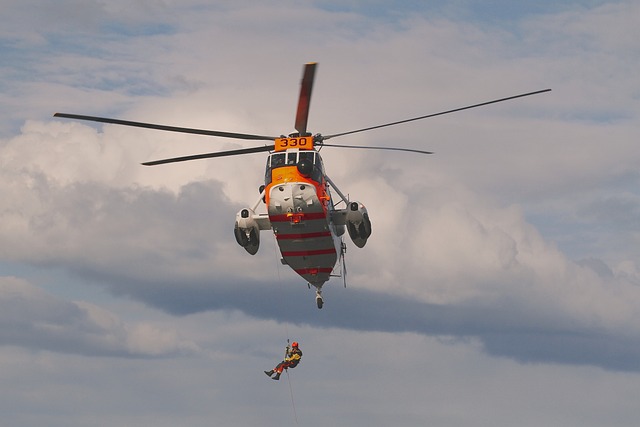
When selecting a flashlight for search and rescue operations in confined spaces, durability and reliability are paramount. These environments often present harsh conditions, with limited space and potential for impact against walls or debris. A flashlight designed for such tasks should be constructed with a robust housing, typically made of aluminum or a more impact-resistant material like polycarbonate, to withstand the rigors of these settings. Additionally, the light source within should ideally be LED-based, offering a balance between longevity and brightness, crucial for illuminating tight areas where every lumen counts.
Furthermore, beam focus is a critical feature in flashlights intended for confined space searches. The ability to switch between a wide flood beam and a narrow spot beam allows rescuers to adapt their lighting needs depending on the search phase. For initial search phases, a flood beam provides maximum area illumination, essential for scanning large spaces or assessing the environment. In contrast, during more precise search stages, a focused spot beam enables users to direct light precisely where it’s needed, aiding in locating individuals who may be trapped or injured. Additionally, water resistance and a secure grip are important to ensure the flashlight remains operational even in wet conditions or when hands are damp from sweat or exposure. Considering these features will help first responders choose the most effective tool for their search and rescue missions in confined spaces. Flashlights For Search And Rescue Operations should be equipped with high-quality components to ensure they can handle the demands of such critical work.
Durability and Reliability: The Importance of High-Quality Materials and Design
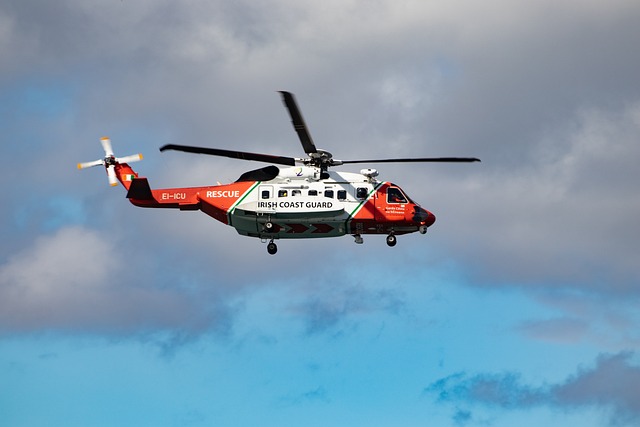
When every second counts in search and rescue operations, the dependability of equipment can be the fine line between life and death. Flashlights for search efforts in confined spaces must withstand the rigorous demands of such environments where space is limited, but the risks are high. High-quality materials and thoughtful design are paramount to ensure that flashlights function optimally under pressure. A robust construction, often incorporating aircraft-grade aluminum or durable rubber armor, protects against drops and impacts, critical features when navigating tight spaces and potentially hazardous conditions. The intensity of light, measured in lumens, should be substantial yet adjustable to conserve battery life when less illumination is sufficient. Moreover, impact resistance and waterproofing are non-negotiable for flashlights used in search and rescue operations, as they often penetrate areas with low visibility due to darkness or debris. LED technology, known for its longevity and energy efficiency, minimizes the risk of failure during critical missions. Flashlights For Search And Rescue Operations must be designed with both the user and the environment in mind, ensuring a secure grip even when hands are sweaty or gloves are worn, and featuring a focus system that allows for precise lighting to illuminate potential evidence or points of interest without compromising the safety of the search team. The reliability of these flashlights is not just about the longevity of the product; it’s about ensuring that first responders have a dependable tool in their arsenal when time is short and stakes are high.
Battery Life and Power Efficiency: Ensuring Continuous Illumination
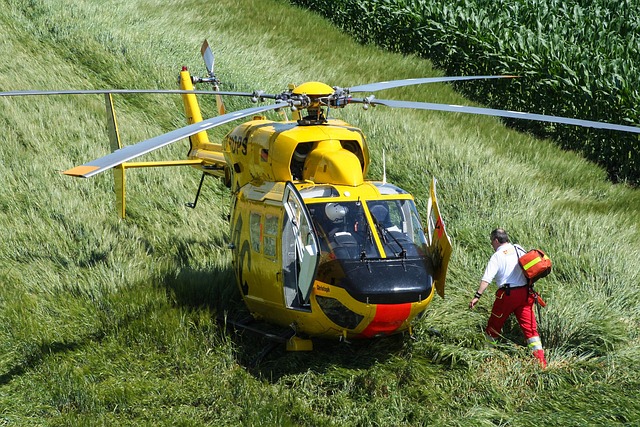
When embarking on search and rescue operations within confined spaces, the reliability of a flashlight’s battery life and power efficiency becomes paramount. Flashlights for search and rescue operations must be equipped with high-capacity batteries to ensure continuous illumination during prolonged missions. The unpredictable nature of such operations necessitates devices that can endure extended use without the frequent need for replacement or recharging. LED technology has made significant strides in this area, offering luminous solutions that conserve energy while maintaining a bright, focused beam critical for navigating through narrow and dimly lit environments. The best flashlights for search and rescue are designed with power efficiency as a core feature, featuring adaptive lighting settings that adjust brightness based on the task at hand, thus extending battery life without compromising visibility or operational effectiveness. This not only enhances the safety of rescuers but also increases the chances of locating and assisting individuals in need. The integration of advanced power management systems further ensures that search teams can rely on their flashlights throughout operations, allowing for a consistent and dependable light source when every moment counts.
Versatility and Adaptability: Choosing the Right Flashlight for Various Environment Conditions
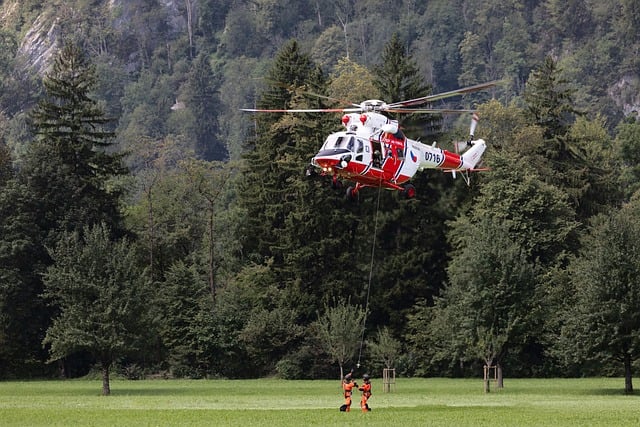
When conducting search and rescue operations, especially in confined spaces, having a versatile and adaptable flashlight is paramount. The conditions within such environments can vary greatly, ranging from complete darkness to dim lighting, and everything in between. Flashlights designed for search and rescue operations must be robust and durable enough to withstand the physical demands of these settings while providing reliable illumination. A critical feature to consider is the beam intensity and focus capabilities; a flashlight should offer both a focused spotlight for long-range visibility and a diffused glow for close-up work, allowing rescuers to adapt their lighting needs on the fly.
Moreover, the design of these flashlights often incorporates features that cater to specific scenarios. For instance, waterproofing is essential for operations in or around bodies of water, while shock resistance ensures the light remains operational after accidental drops or impacts. Additionally, the ergonomic design of the grip and switch mechanisms are tailored to facilitate one-handed operation, which is often a necessity in rescue situations. Battery life is another critical factor; high-drain rechargeable batteries or long-lasting disposable options enable rescuers to work for extended periods without worrying about power loss. Flashlights For Search And Rescue Operations should be selected based on their ability to provide dependable light under a multitude of conditions, ensuring that search teams can navigate the unpredictability of confined spaces and perform their duties effectively and safely.
Light Output and Beam Characteristics for Optimal Visibility
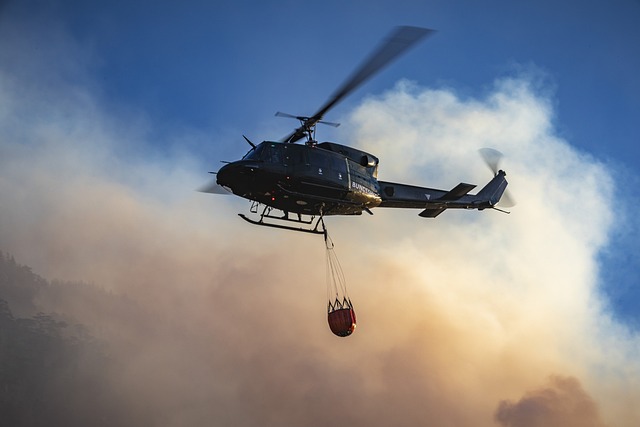
Flashlights designed for search and rescue operations must deliver superior light output and possess beam characteristics that optimize visibility in confined spaces. High-intensity LEDs are the cornerstone of such flashlights, providing a luminous flux sufficient to illuminate dark environments. The efficacy of these LEDs is paramount, ensuring rescuers can distinguish details and navigate safely through narrow passages or collapsed structures. Additionally, the beam characteristics should be tailored to avoid disorienting glare; a focused spotlight with peripheral spill is ideal for both near-field tasks and distant object identification. The balance between flood and spot illumination allows search teams to adapt to various conditions within confined spaces effectively.
Moreover, the beam’s color temperature plays a crucial role in color recognition and overall visibility. A neutral white light, often around 5000K, is recommended for its natural representation of colors, which is essential when searching for victims or critical equipment. The throw distance of the beam should also be considered; long-range models are beneficial for advanced searches, while shorter-throw flashlights are more suited to close-quarters operations. Durability and impact resistance of these flashlights are equally important, as they are often used in harsh conditions where accidents may occur. In search and rescue operations, the reliability of these light sources can be the difference between a successful mission and an unsuccessful one. Thus, manufacturers prioritize robust construction and advanced optics to ensure that flashlights for search and rescue operations deliver exceptional performance when every second counts.
Practical Training and Use-Case Scenarios for Effective Search Operations in Confined Spaces
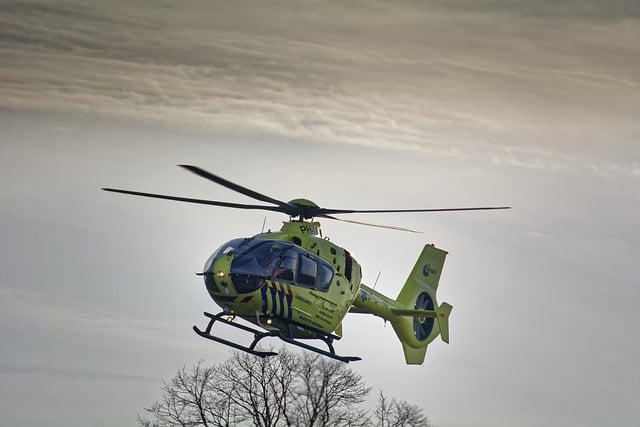
In conclusion, flashlights play a critical role in facilitating effective search and rescue operations, especially within confined spaces where visibility is limited and conditions can be treacherous. Selecting a flashlight tailored for such environments requires attention to key features, including robust construction, superior battery life, adaptability to various lighting needs, and a high-quality beam that pierces darkness without causing disorientation. The best flashlights for search and rescue operations are those that offer a harmonious blend of durability, reliability, and advanced light output technology, ensuring that rescuers can safely navigate and illuminate the most confined and challenging spaces. With proper training and practical application of these devices, emergency responders can enhance their effectiveness in critical life-saving missions.



